Warm Vietnamese Tet
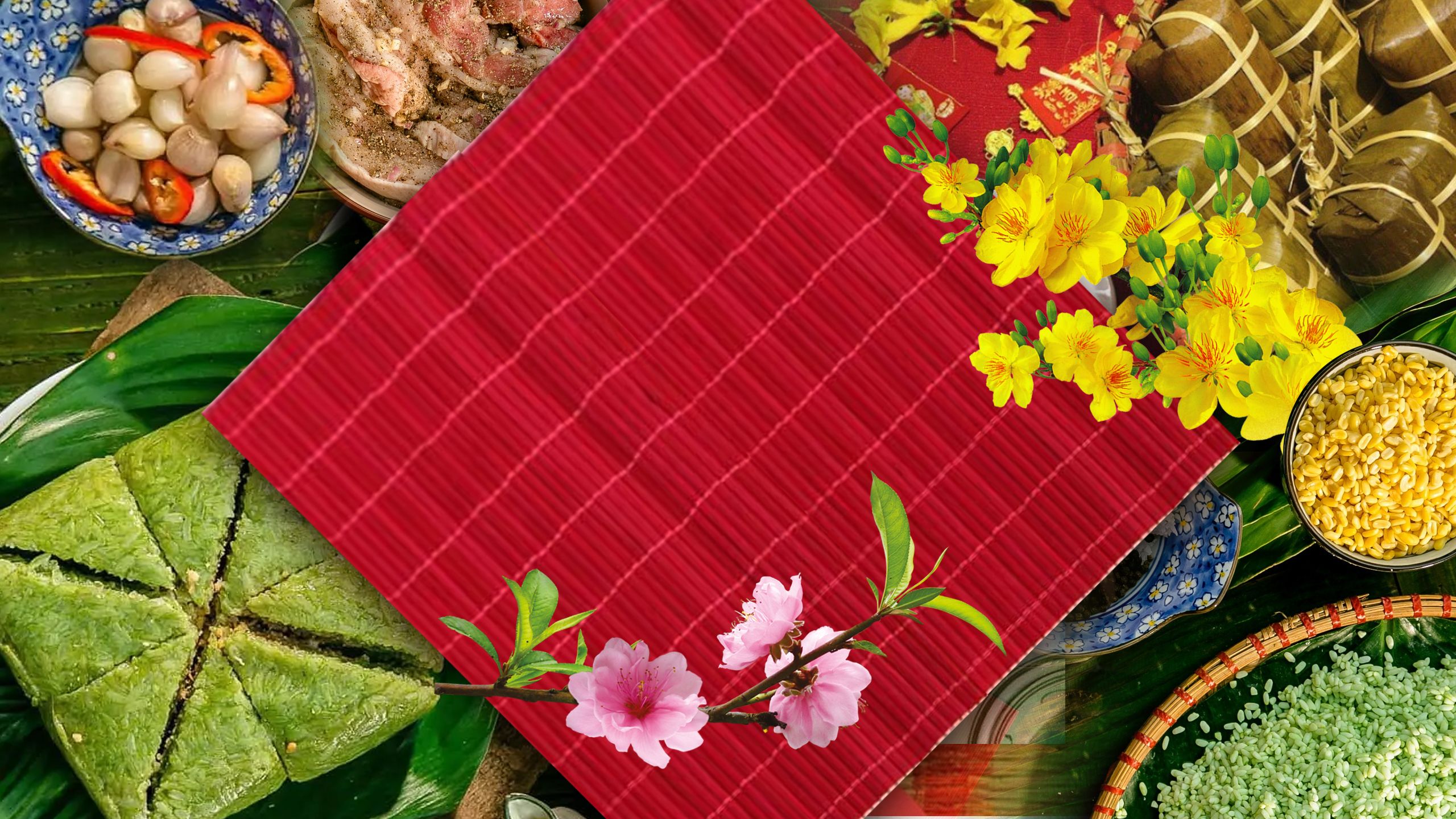
Tet is not only the Vietnamese people’s biggest festival of the year, but also an occasion for people living away from home to reunite with their families, to share and exchange love, to burn incense remembering ancestors and pass down the eternal values of family and love to later generations.
Vietnamese Tet is unique with profound cultural values of a hard-working nation, the identity of a unique culture, with simple yet profound philosophies of life.
There are some other countries also celebrating the Lunar New Year such as China, Singapore and the Republic of Korea, but the one that shares the most similarities with Vietnamese Tet is “Chunjie”, or Spring Festival, the Chinese New Year. Let’s walk through a number of similarities and differences between the two festivals, to see the unique values of the Vietnamese Tet more clearly.
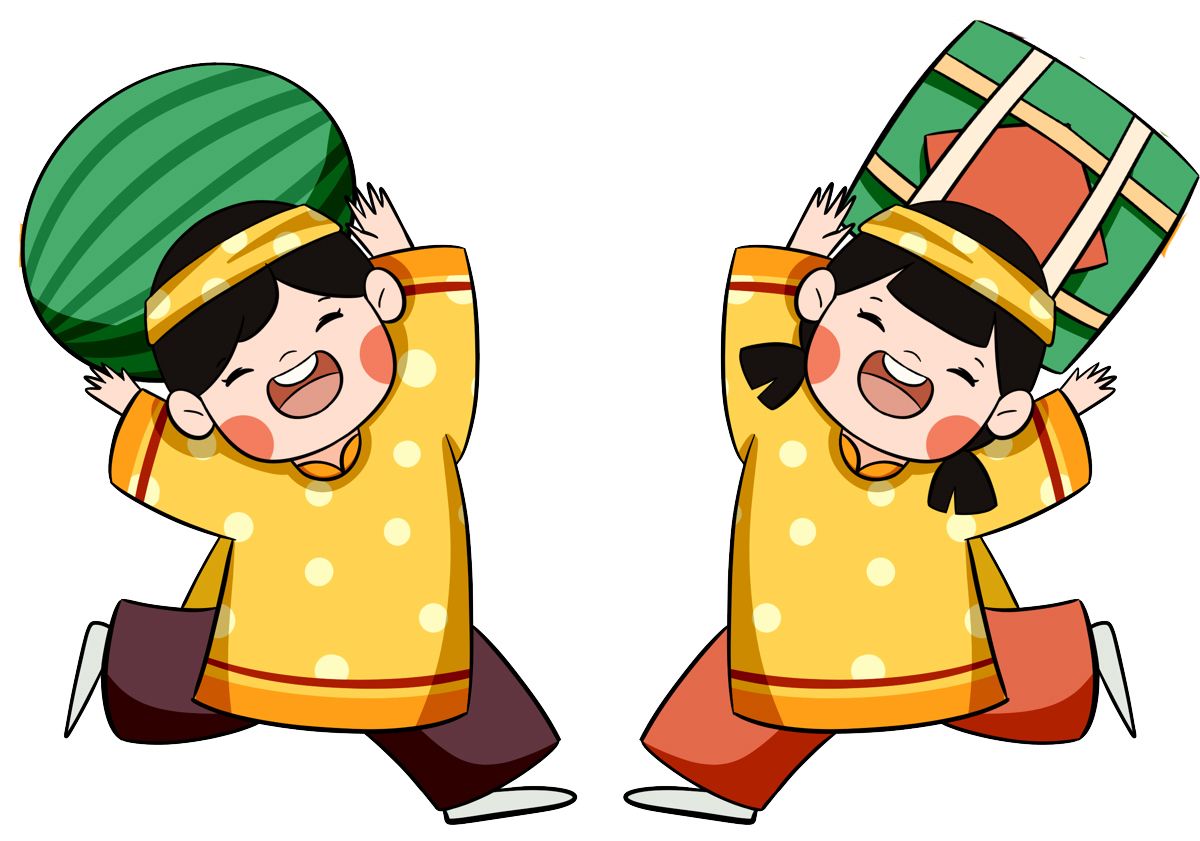
Lunar New Year is the biggest traditional festival of both the Vietnamese and Chinese.
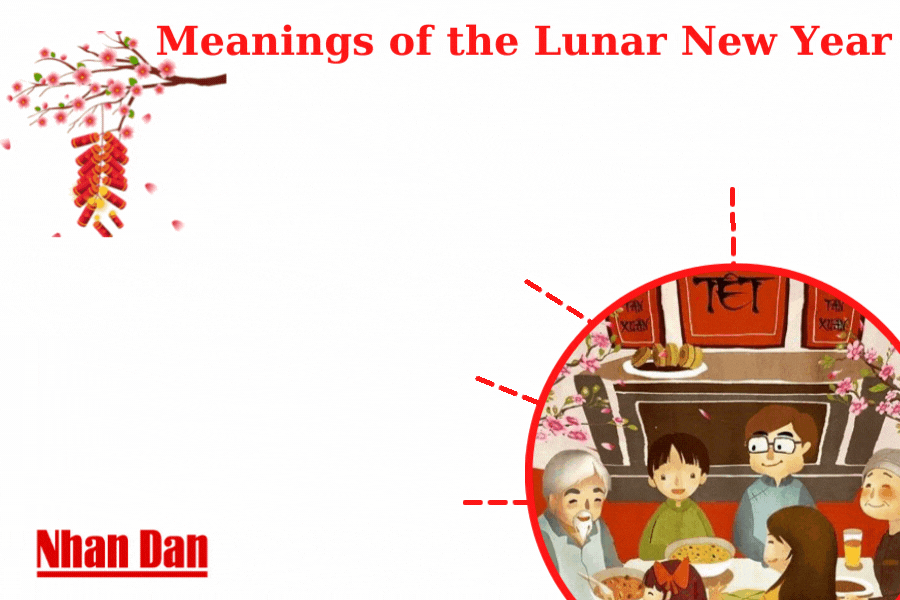
Preparing for Lunar New Year
Ahead of the Lunar New Year, both Vietnamese and Chinese have to prepare many things. Women are responsible for preparing food for offerings to ancestors, while men and other family members clean up and decorate their houses.
At Tet, Vietnamese people usually buy kumquat trees, peach blossoms or camellia flowers, to decorate their living rooms, while Chinese people usually appreciate narcissus, sunflowers, kumquat trees and plum blossoms.
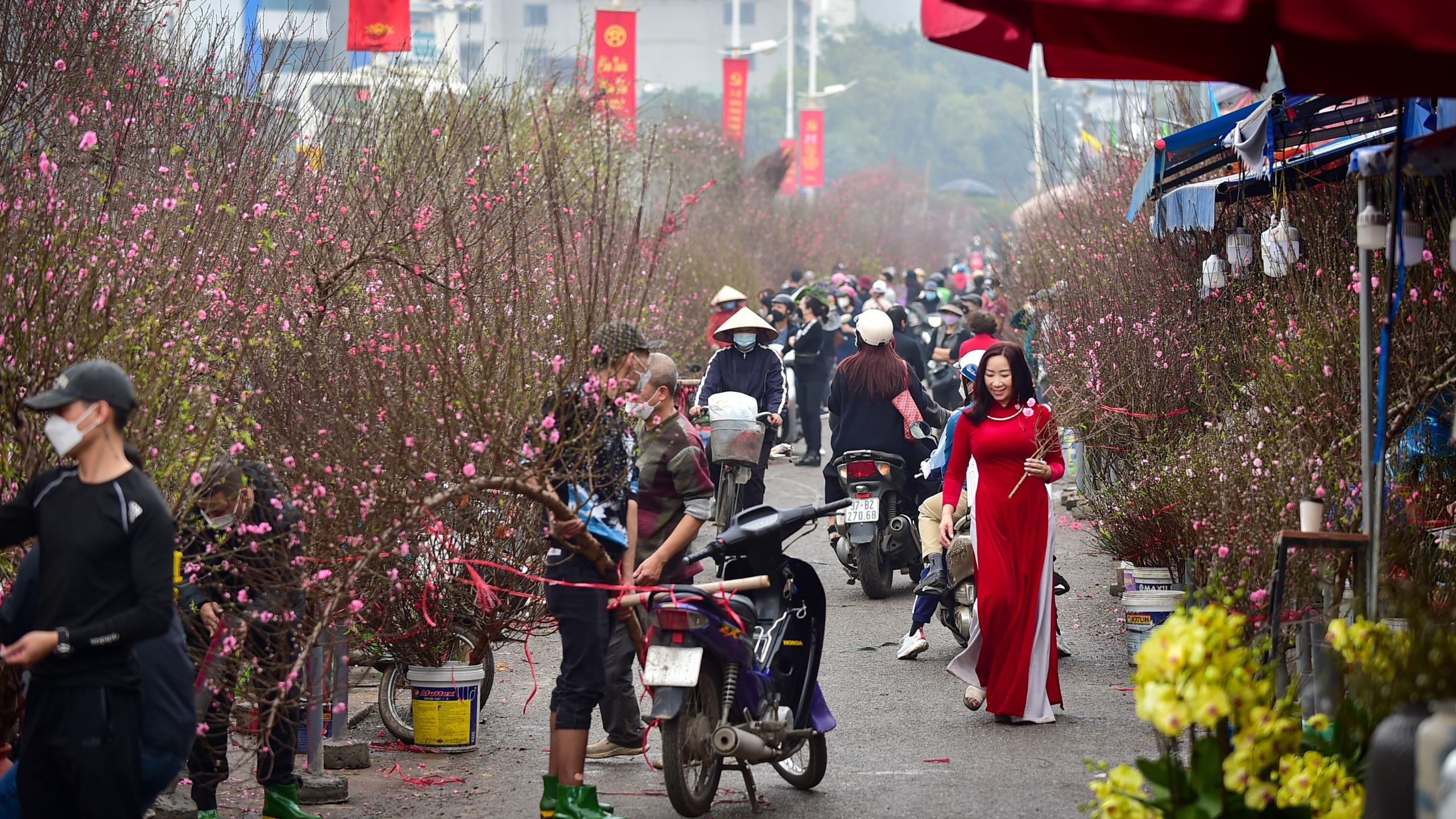
People buy peach blossoms ahead of Tet.
People buy peach blossoms ahead of Tet.
Chinese people particularly likes hanging the character 福 (“Fú” in Chinese and “Phúc” in Vietnamese, meaning good luck) upside down on the door, because the Chinese character for “upside down” is homophonous with “to arrive”, so the upside-down 福 will be interpreted as good luck has arrived.
To both nations, the meal on New Year’s Eve is sacred, as it is a reunion meal when all members in the family get together after a year.
Despite sharing the same meaning, the dishes of the two countries are quite different, reflecting their own worldview, cultural identity and living environments.
A tray of rice on Tet holiday for Vietnamese people, cannot be complete without banh chung (square glutinous rice cake). The banh chung has a square shape representing the land. The green leaves wrapped on the outside and the kernel on the side, represent the gratitude of birth and the love of parents who always love and care for their children. The dish also shows our people's heart, meaning “when drinking water, remember its source”. At the same time, the flavour of the cake also emphasises the importance of rice and nature in the culture of wet rice agricultural. In addition, there are chicken, pork, canh mang (bamboo shoot soup), canh bong tha (dried pig skin soup), gio lua (sausage made of pork and traditionally wrapped in banana leaves), nem ran (spring rolls), beef braised with ginger, braised fish, and thit dong (frozen meat), are all typical dishes and flavour of the homeland - a country where agriculture is extremely important.
The Tet tray has a special meaning for each Vietnamese family every Lunar New Year. Because it not only shows the beauty of hard work in the four virtues of ideal women in the family, but each dish is a message of wishes for a better new year, and especially filled with Vietnamese culture.
The meaning of Tet dishes
Banh Chung: Grateful to ancestors
Banh chung (square glutinous rice cake) is the soul of Tet holiday and a dish with a long history in Vietnamese cuisine. The square cakes, cleverly wrapped, not only symbolize heaven and earth but also show the children's gratitude to their ancestors. Sticky rice, pork and dong leaves, which are the main ingredients for making banh chung, are all products of typical Vietnamese agriculture.
In the days leading up to Tet, family members gather around a pot of warm banh chung, telling each other about their future plans and many other stories of life, while exchanging laughs by the wood stove, as a welcoming season of reunion knocks on the door.
Thit dong: Good luck all year
Thit dong (frozen meat) is an indispensable dish in the Tet tray. The combination of ingredients in frozen meat shows the harmony, cohesion and love of family members.
The colour of the dish, also means hoping that a lucky and favorable new year, will come to the whole family.
Boiled chicken: Warm and full of health
Traditionally, boiled chicken is left whole. After offering, the chicken will be chopped, served with salt, pepper, and lemon leaves.
Many people believe that boiled chicken symbolizes warmth, well-being and the wish to have a full new year.
Gio cha: Blessings fill the house
According to folk beliefs, gio cha (boiled lean pork sausage) are dishes that symbolize rich, and good fortune to the home. So, this dish was chosen to start the new year.
Gio cha are often served with dua hanh (pickled onions) and dipped in fish sauce, surely to be a dish many people look forward to during Tet.
Cu kieu: Favorable for public fame
Cu kieu (pickled scallion heads) is a typical dish in the traditional Lunar New Year of the Southern people. The cu kieu represents money, wealth and prosperity in the new year.
Cu kieu is delicious when it is eaten with banh chung or banh tet.
Similarly, the Chinese also have many typical New Year’s dishes, such as dumplings (popular in northern China). According to the concept, the wrapped cake symbolises the wrapping of luck, so eating it means enjoying the luck. In addition, China also has a Tet dish which is most popular in Eastern China. Its name sounds like the phrase “senior year” (meaning each year is higher and better), so this dish seems to convey people’s wishes for a new year with great things. Another very prominent and indispensable feature on the Chinese New Year's tray is the fish dish. Because the word “fish” in Chinese is homophonous with the word “abundant”, in the Chinese concept, eating fish is to wish for abundance and wealth.
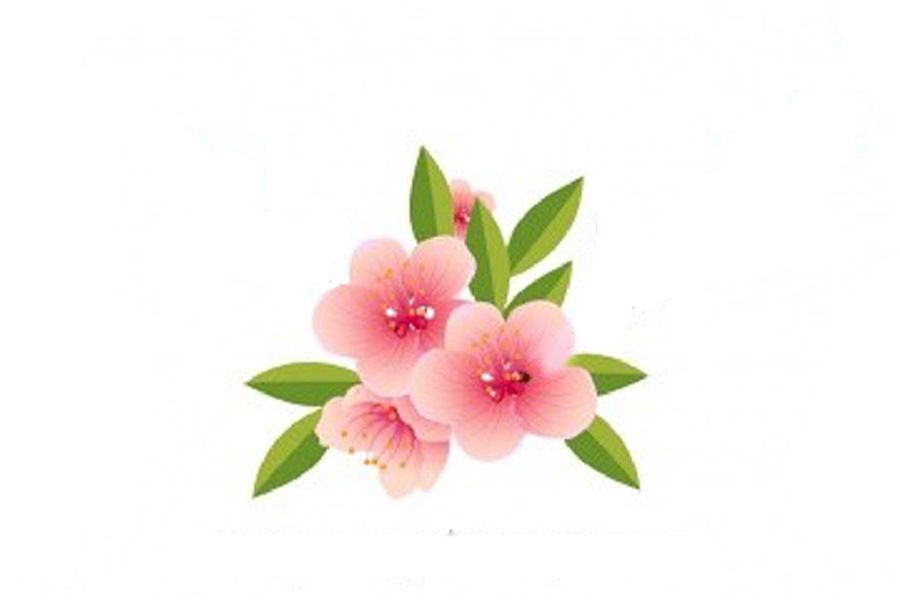
CELEBRATING TET
After the sacred moment of New Year’s Eve and completing the worship at home, Vietnamese people often leave the house, called the departure at the beginning of the year, and choose the direction which best fits with their destiny, to look forward to starting a happy new year.
Usually when leaving at the beginning of the year, people will go to the pagodas and temples, to wish for a good and peaceful new year, when they return, they usually pluck a tree branch, which symbolises the collection of fortune and bring it home, with the wish for a prosperous and happy new year.
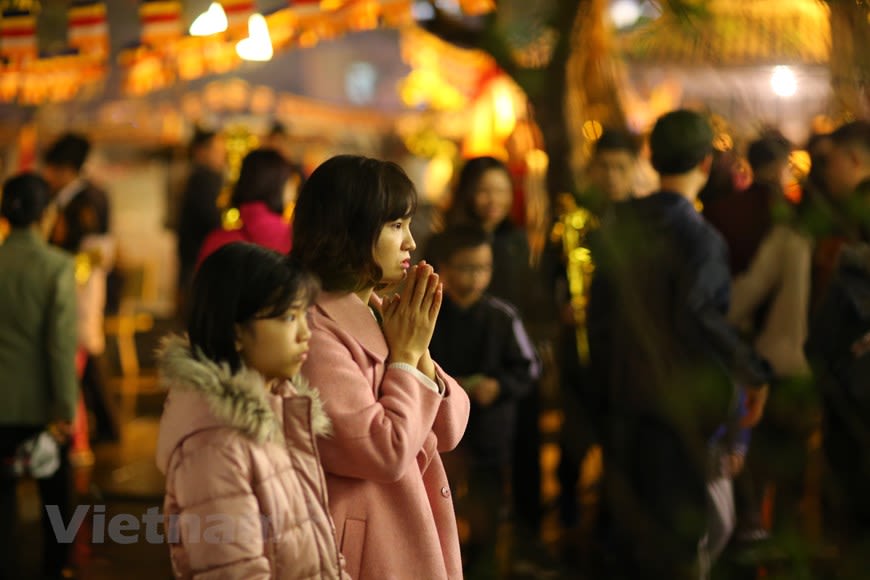
People go to Ha pagoda after New Year’s Eve. (Photo: Vietnam+)
People go to Ha pagoda after New Year’s Eve. (Photo: Vietnam+)
On the contrary, according to tradition, the Chinese people will not leave their houses on New Year’s Eve, because it is said that at night there will be a monster that appears, so in order to avoid bad luck, it is better to stay at home. Therefore, the Chinese often gather around the reunion meal, then just stay at home.
On the morning of the first day of the Lunar New Year, people of both countries begin to visit relatives and send New Year greetings. Children and grandchildren will go to the house of their parents, grandparents and relatives, giving lucky money to celebrate the year with wishes of health and peace. This is also a rare occasion in the year to meet relatives, because in the busy work year, people rarely see each other.
According to the Chinese concept, when a daughter-in-law and son-in-law come home to send New Year greetings to their parents, if they bring along gifts, they must bring an even number, but do not bring four gifts, because the number four in Chinese is a homophone for the word “death”, an unlucky word.
A very interesting and seemingly indispensable custom in the New Year is the lucky money. Before Tet, adults will prepare small envelopes (usually red), put a little money in it, and give to children during Tet.
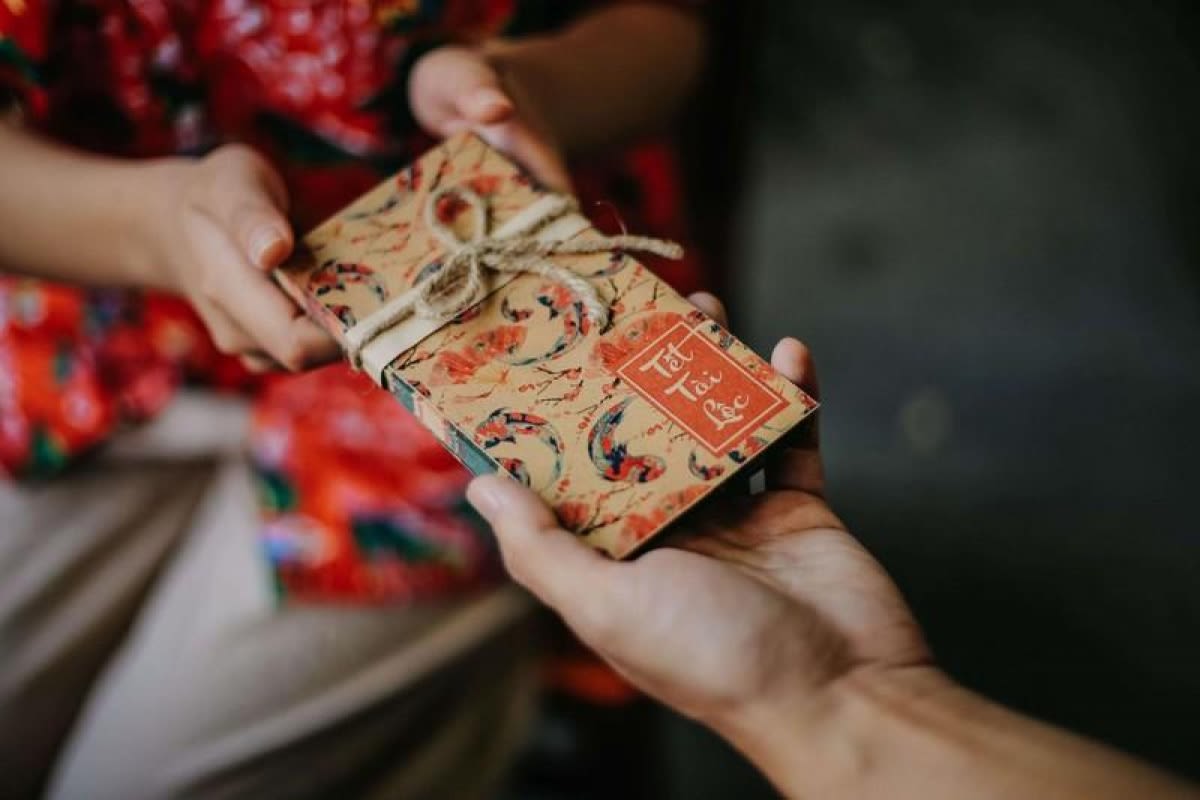
Lucky money is traditionally put red envelopes, meant as a prayer for good luck. The amount of money is not considered important as people believe that the giving and receiving of ‘li xi’ is the exchange of good luck. ‘Li xi’ giveaway is also the delivering of fortune in order to receive more blessings in return.
Chinese people believe that the red envelopes and drive away evil spirits and bring about peace, therefore, the giving of ‘li xi’ also aims to wish the recipients peace and good luck.
During Tet, people also participate in many festivals, exciting entertainment activities, and assorted folk games.
The Lunar New Year festival concludes with a farewell ceremony for the ancestors. On this day, the family prepares a tray of offerings for their ancestors to respectfully inform them of the ending of the Lunar New Year and the official start a new year returning to work and study.
Tet is really the time for everyone to take a rest and relax after a year of studying and working hard, the time to return to the warm arms of the family members after a busy year. It is also a time for us to look back on our gains and losses and try harder for a better future. That is the reason why everyone looks forward to Tet, eager for the Tet atmosphere and making careful preparations for the Tet holiday that does not last long but holds extremely meaningful significance.
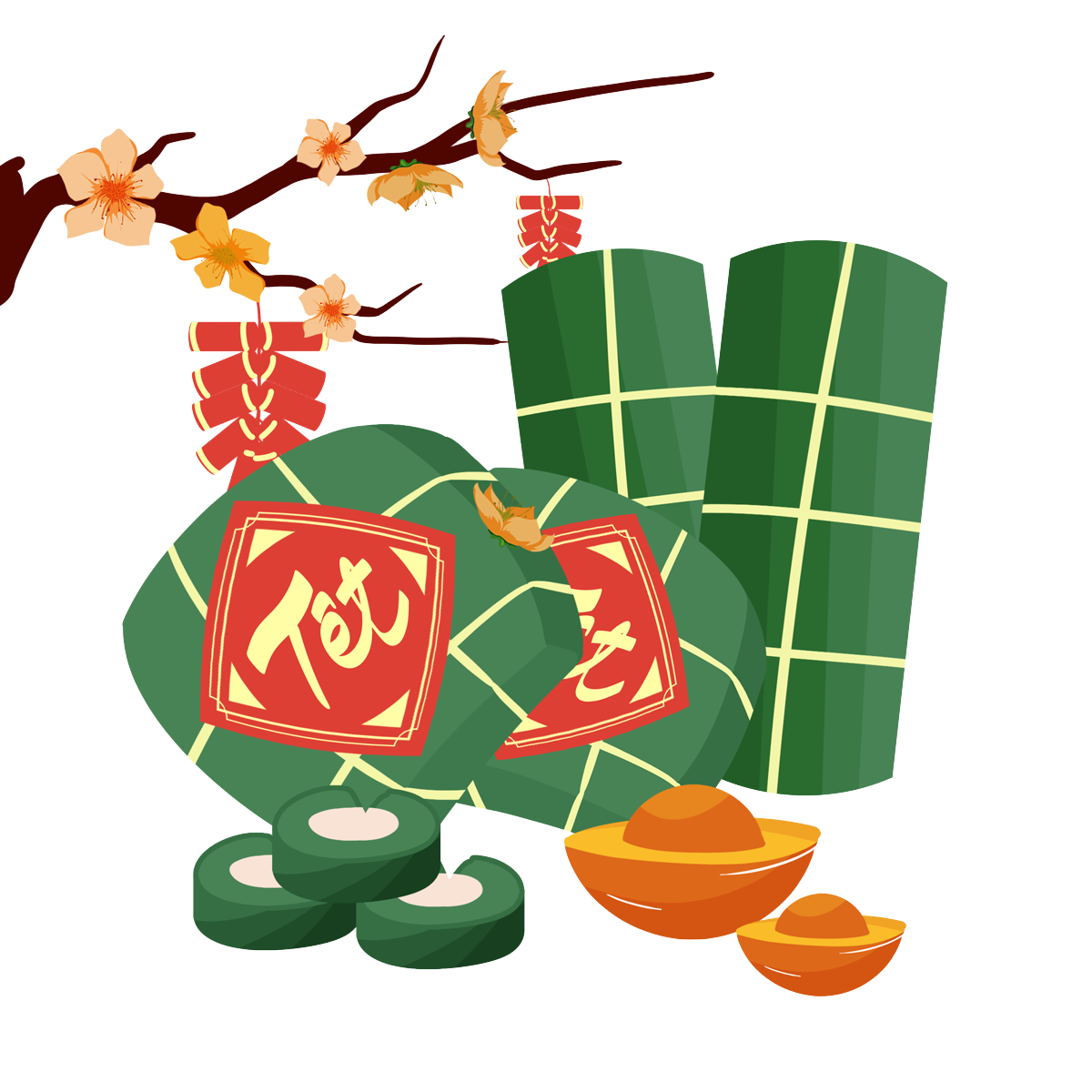
INTERNATIONAL FRIENDS ENJOY VIETNAMESE TET CELEBRATION
International friends who have had the opportunity to experience Tet find it extremely interesting to explore the many unique cultural features of the Vietnamese people. The atmosphere of Tet holiday, the way people communicate with each other, and the customs of the festival give them a deeper insight into the people and culture of Vietnam.
WHAT WERE YOU MOST IMPRESSED BY IN VIETNAMESE TET?
Julien Bazil, a man from France, experienced the festive atmosphere of the Vietnamese Lunar New Year when he attended a Master's programme in Vietnam 2017. This was the first time he has enjoyed an Asian Lunar New Year festival, thus he was surprised and excited to learn about the many traditional customs.
Through his observations, he realised that Vietnamese people attach great importance to what happens to them and who they meet in the first days of the lunar new year, because they believe that the happenings and the people at this time will affect what happens to them during the rest of the year. “This way of thinking is interesting," he said.
Julien was also surprised to see his Vietnamese friends bought pictures of roosters for decorations. He was explained that lunar New Year in Vietnam is represented by a zodiac animal. As 2017 was the Year of the Rooster, people bought paintings or decorations featuring the image of a rooster to pray for good luck and peace for the new year.
He also bought some rooster-shaped figurines, with the hope of bringing him good luck during the Tet holiday that year and presented them to his friends and relatives. One of these figurines is still kept carefully by his parents in France.
Julien is especially interested in the custom of giving lucky money during Tet festival. He said that at first, he did not understand what people were going to do with that little red envelope. After that, thanks to his Vietnamese friends' explanation, he knew that it was the envelope of lucky money, aiming to extend best wishes to the recipient.
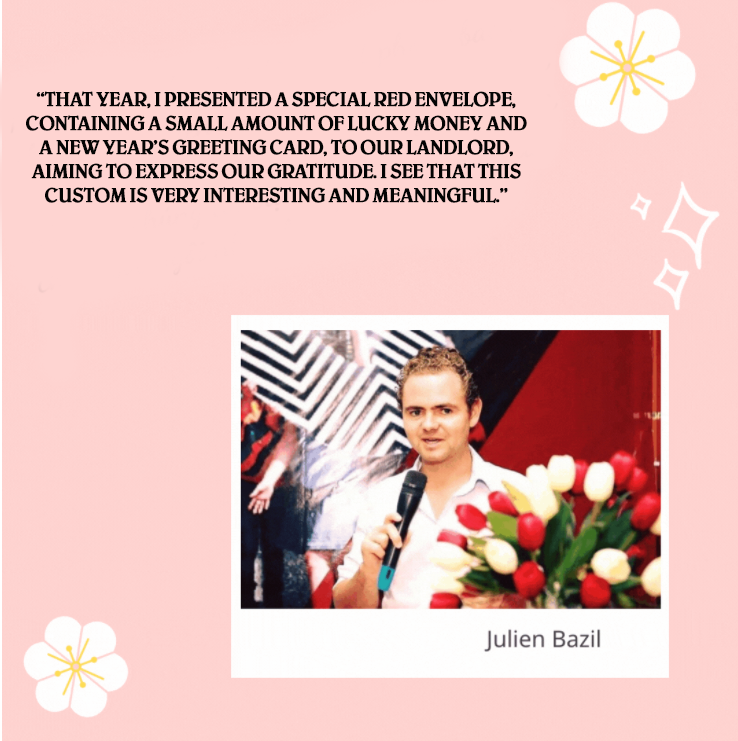
In France, people do not give money, but instead they give gifts to each other during the New Year. Julien felt very happy to discover this similarity between Vietnamese and French cultures.
Nang Vongbouasy (from Laos) had the opportunity to experience Lunar New Year Festival in Vietnam, when she studied for a master’s degree in 2017. However, she was especially impressed with Hanoi’s streets, which were full of a vibrant atmosphere and spring colours, during Tet holidays, which seemed to make people's hearts warmer.
“If someone visits Vietnam during the Tet holiday, I am sure they will know more about the culture and people of Vietnam”, said Nang Vongbouasy.
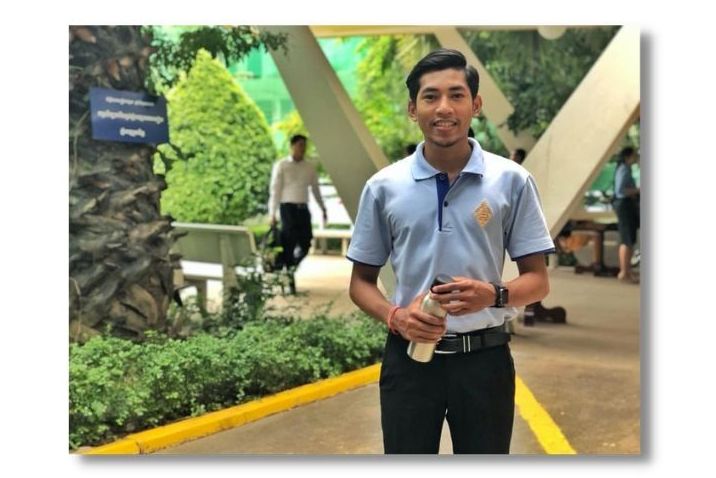
Sovannkiry Khoeun, a cadre from the Ministry of Foreign Affairs and International Cooperation of Cambodia, used to wander the streets in Hanoi during the days leading up to and after Tet, being immersed in the pure spring atmosphere of Vietnam. He was also very interested in the quiet streets of the capital city during Tet, a scene that was completely different from everyday life.
During the days before Tet, I witnessed crowds of people hurrying to leave Hanoi and return to their hometowns. And then Hanoi became quiet, especially in the areas around schools, markets and offices. It was like two opposing scenes, where the change happened so quickly.
He talked about major streets which were decorated beautifully and the image of temporary flower markets on the sidewalks, signalling the arrival of Tet. Sovannkiry Khoeun really liked the Tet atmosphere in Hanoi, because on this occasion, the city is not too crowded but it is very beautiful and filled with spring colours.
Despite not celebrating Tet in Hanoi, Larnoy, a Lao student studying at Thai Nguyen University, had her own feelings about the beauty of Lunar New Year Festival.
“I am most impressed with the Lunar New Year’s Eve in Vietnam. Perhaps it is the busiest night of the year. People go to the pagodas, to pray that their wishes will come true. It is interesting!”, she said.
During Tet, Larnoy and some other students got a break from school, but they did not return home, partly because of the pandemic and also because they wanted to experience the Tet atmosphere, the biggest festival of the Vietnamese people. Thereby, they can better understand the culture, spiritual life, human outlook and other values of the Vietnamese people.
Young foreigners are especially interested in the Vietnamese custom of ‘li xi’ at the beginning of the year.
WHAT FOOD DO YOU LIKE MOST DURING TET?
Without thinking too much, when asked about his favourite Tet dish, Julien immediately replied: it’s ‘banh chung’.
Vietnamese banh chung is delicious. I don’t like eating sticky rice, but banh chung is so delicious, that now I love it. Your Tet dishes are tasty, very nutritious, and not difficult to digest. It’s so great!"
Agreeing with Julien, Nang Vongbouasy also likes banh chung.
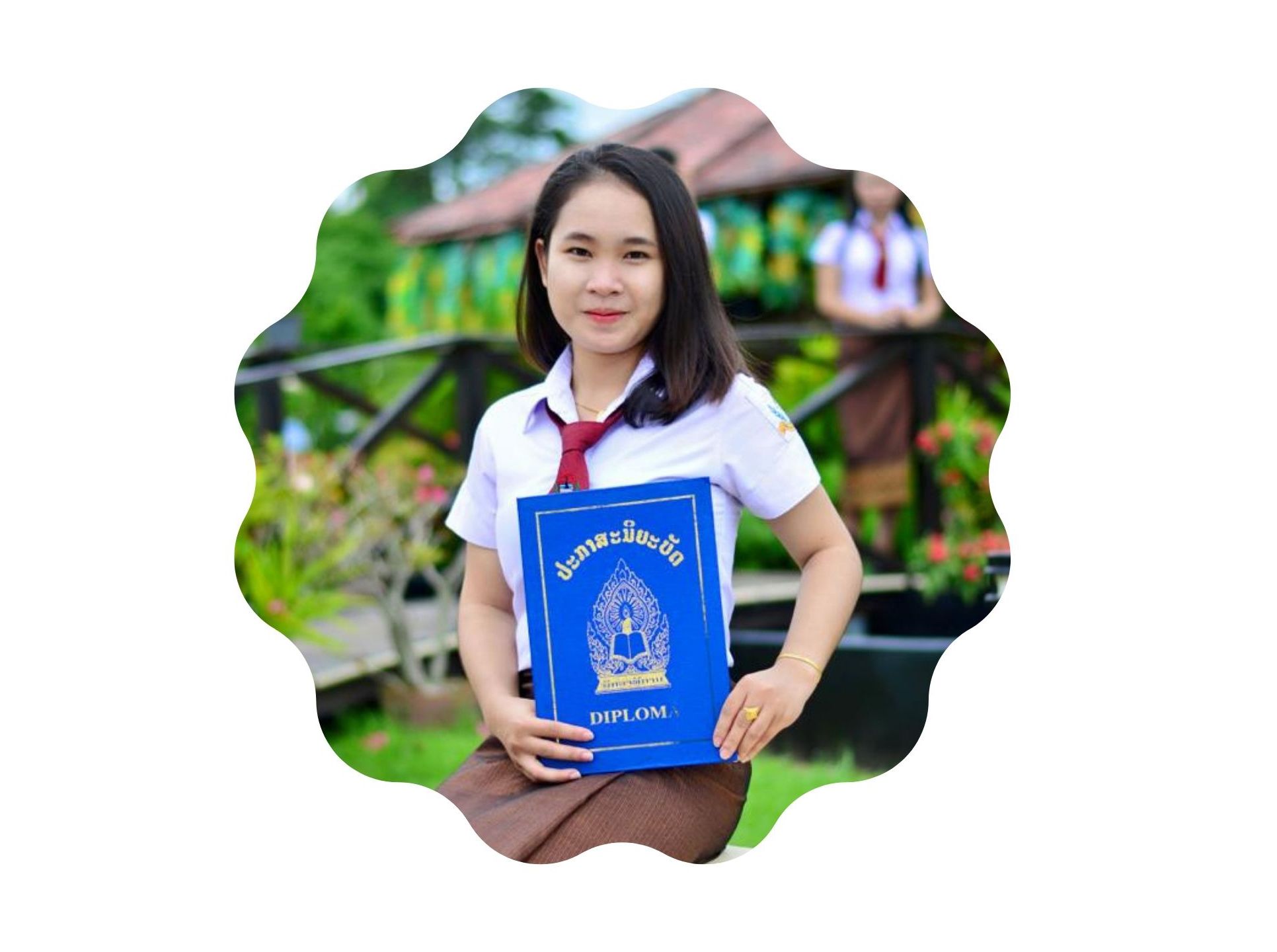
Nang Vongbouasy (Lao nationality), is currently working at an electricity company, based in northern Laos.
Nang Vongbouasy (Lao nationality), is currently working at an electricity company, based in northern Laos.
“I am most impressed by Vietnam's square banh chung, not only because it is very delicious and strange, but perhaps because it is a special cake, a traditional dish,that only appears during Tet in Vietnam,” she said.
Larnoy, a Laotian student in Vietnam, is especially fond of the Vietnamese dish called ‘cu kieu’. “What’s better, is to have this dish served with banh chung, braised meat, and hot rice. It not only helps diners to get more excited, but also promotes cravings, because of its characteristic sour taste.” That is her experience, after eating cu kieu with banh chung, during Tet in Vietnam
I really like Tet, as it brings about an intimate and warm atmosphere. After Tet, I still hold on to the feeling, with many sweet emotions. I ask myself again: Why is Tet so short?
Yohan, originally from Cuba, a country half a world away from Vietnam, was surprised and always wondered why Vietnamese people eat so many boiled chickens during Tet? “After only one night, you have to face three chickens the next morning,” he happily said. In Cuba, people only eat fried chicken, grilled chicken or chicken cooked in sauce, so boiled chicken became somewhat of a difficult experience for Yohan, at first. Of course, after that, boiled chicken has become a familiar and indispensable dish, every time he welcomes the Lunar New Year.
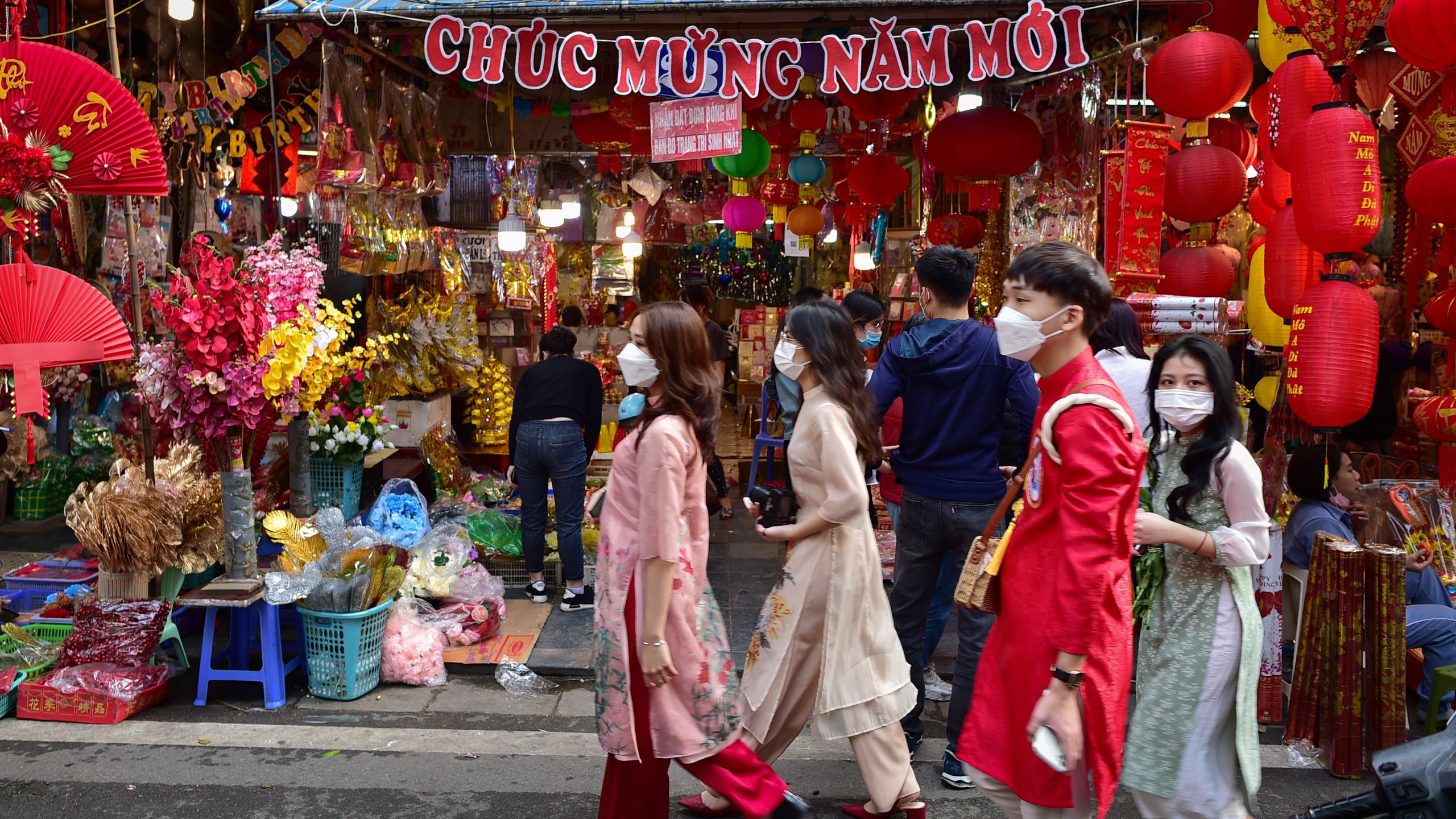

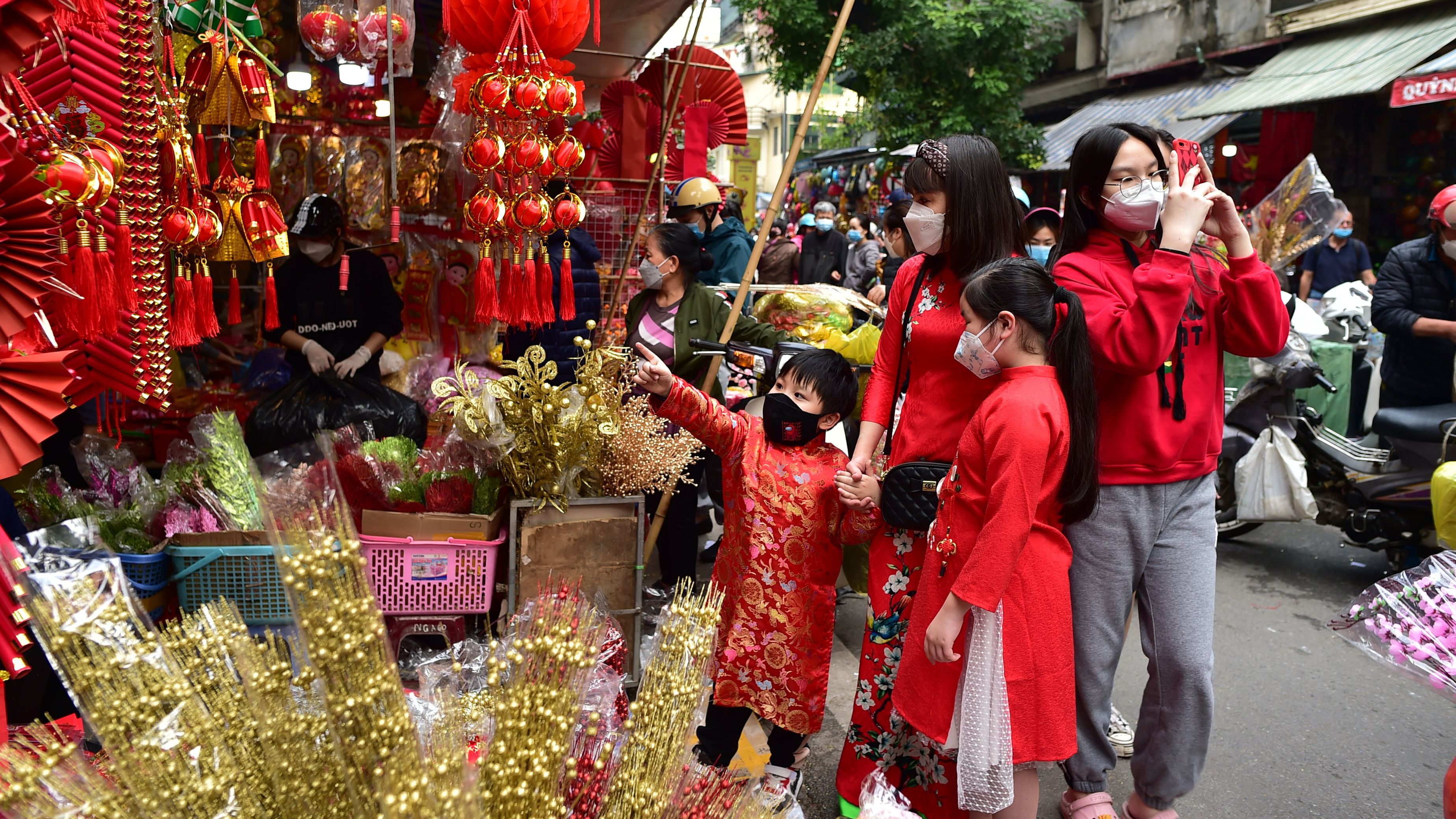
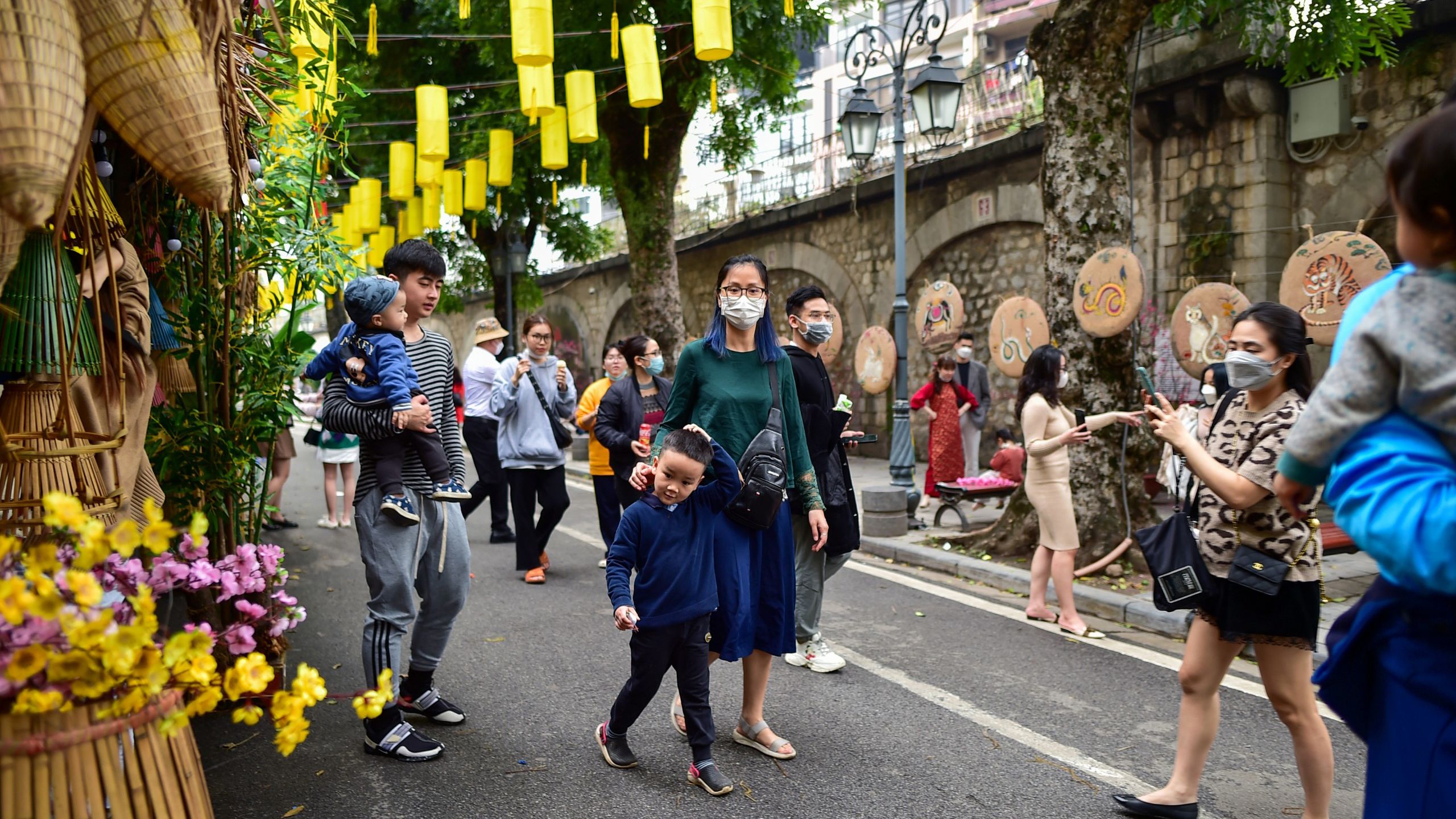
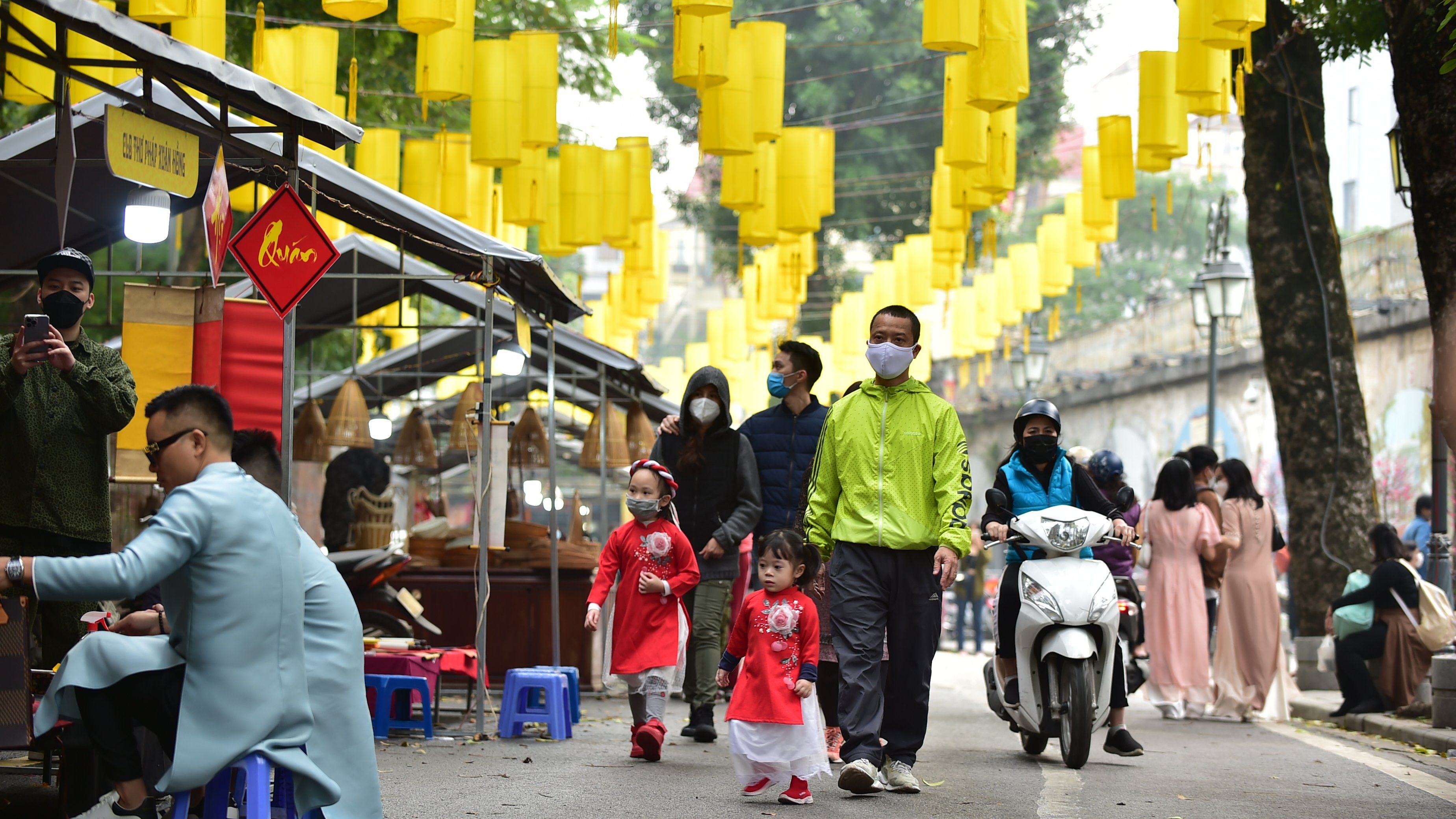
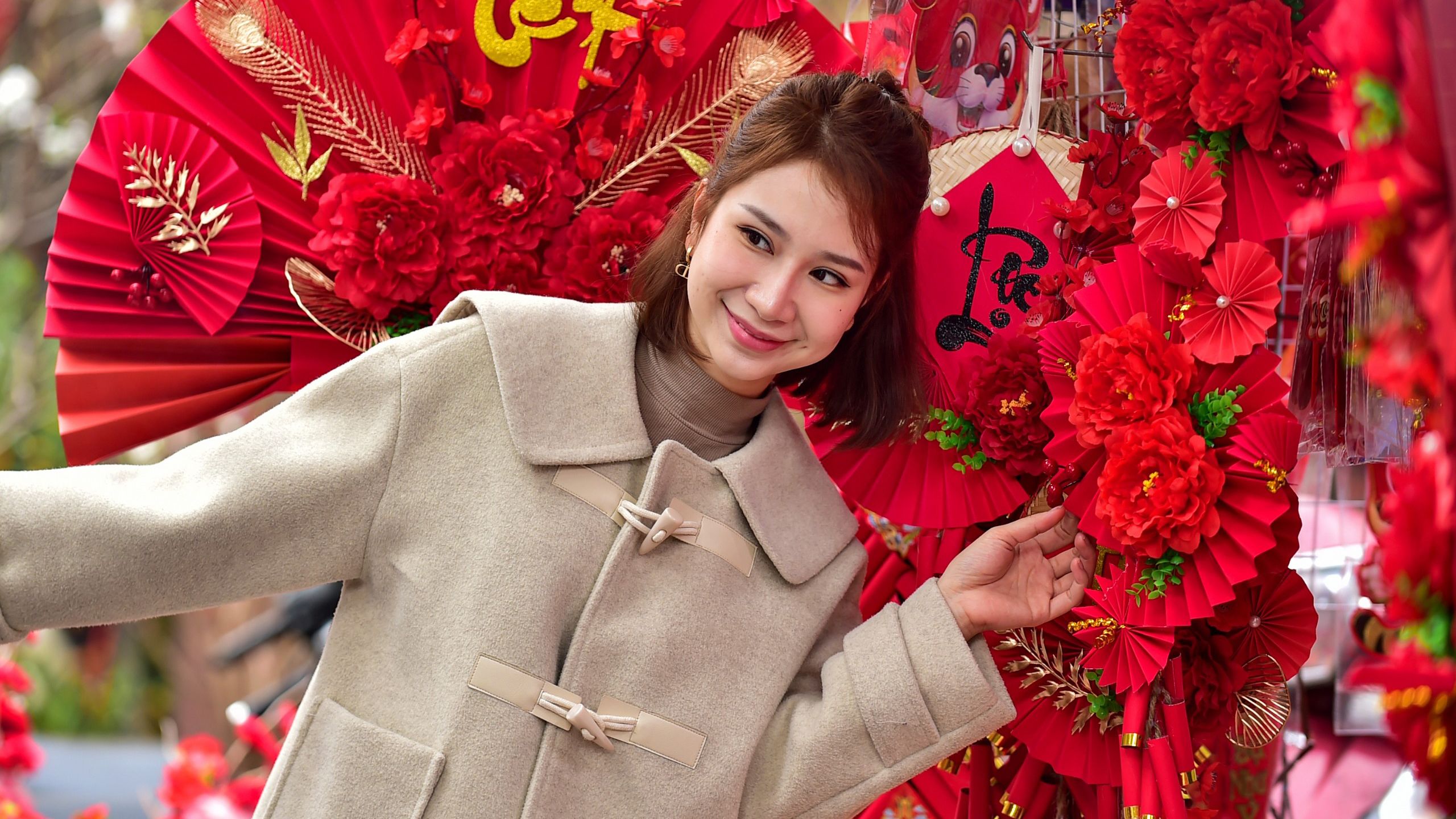
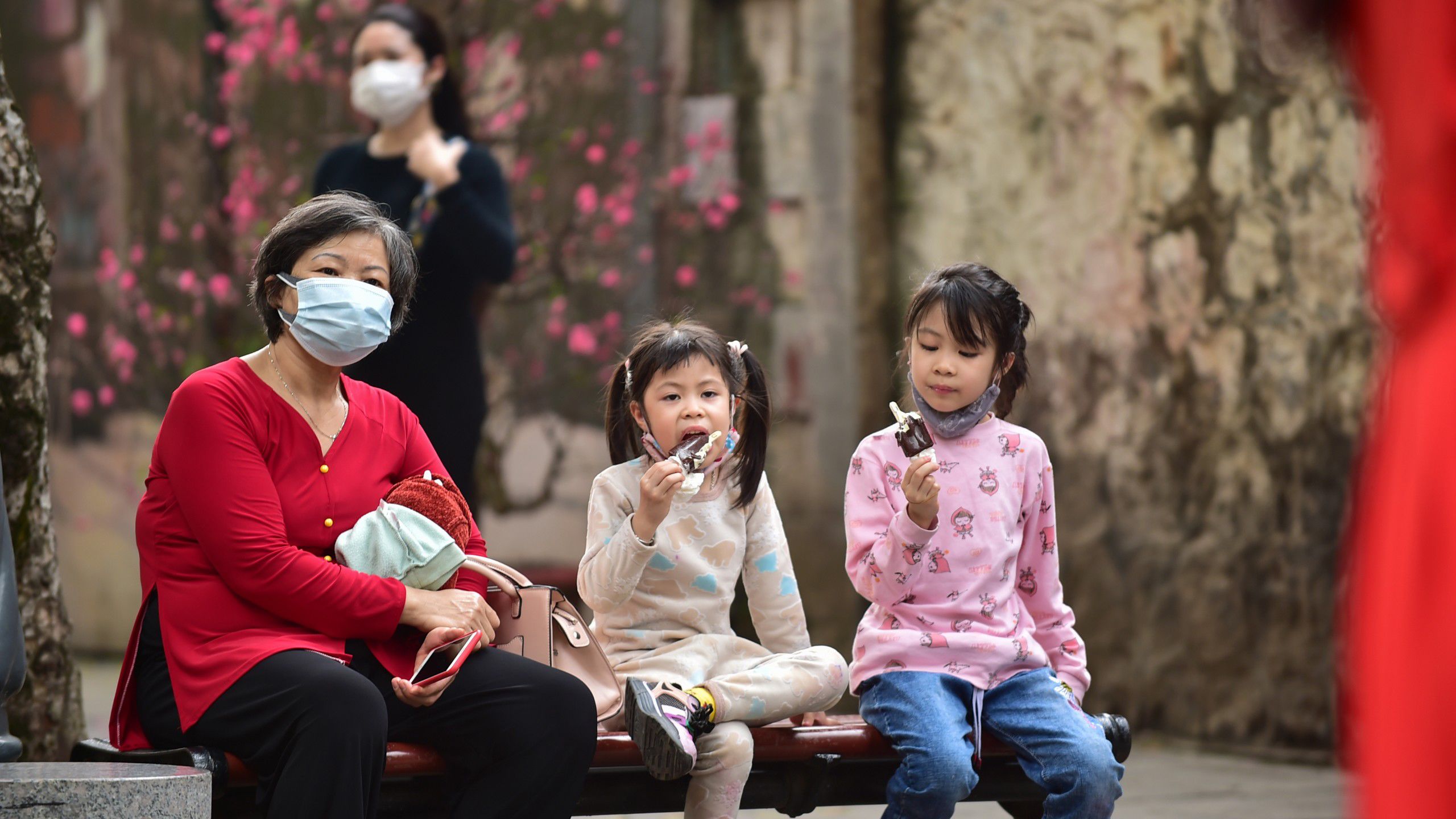
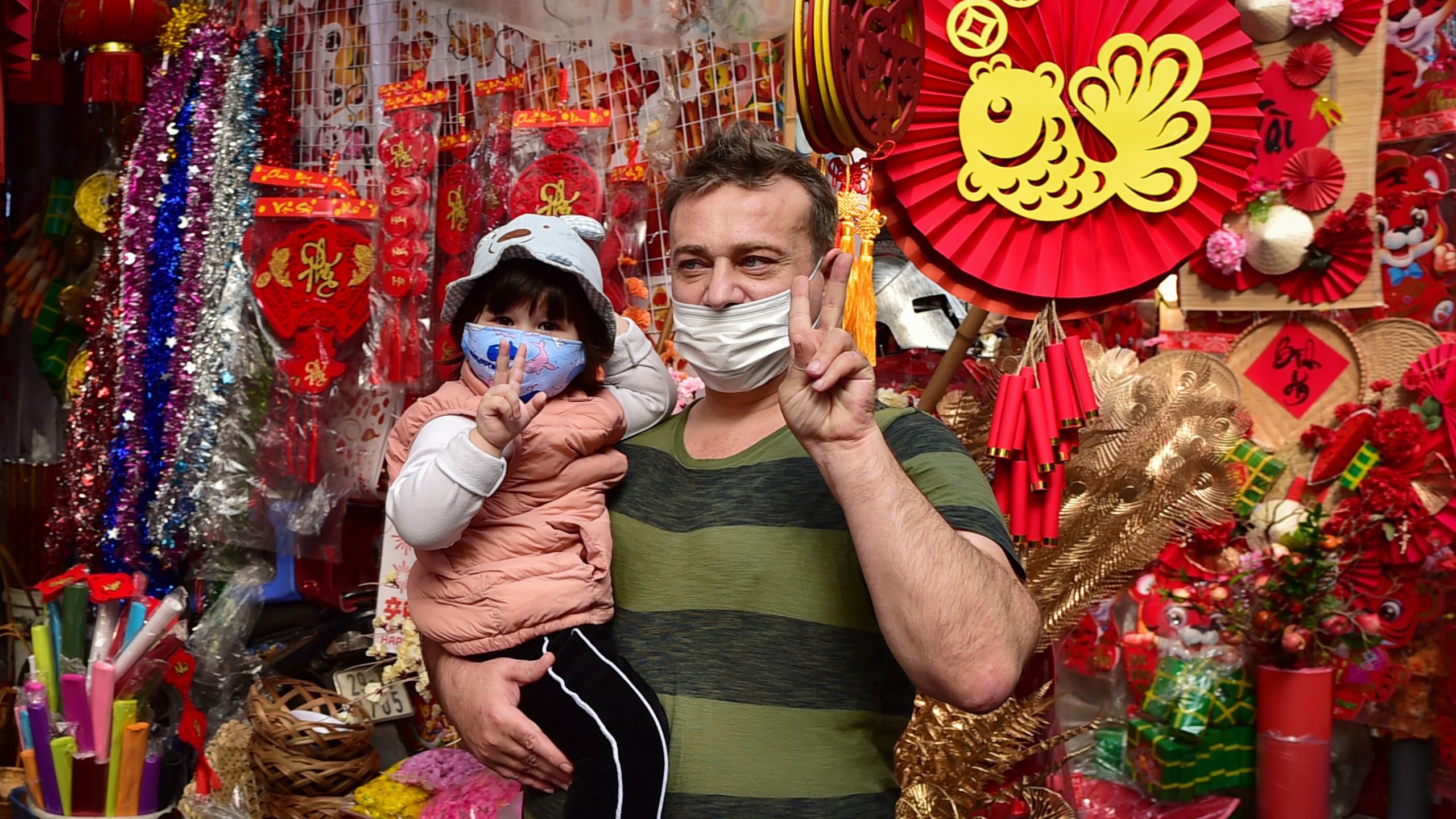
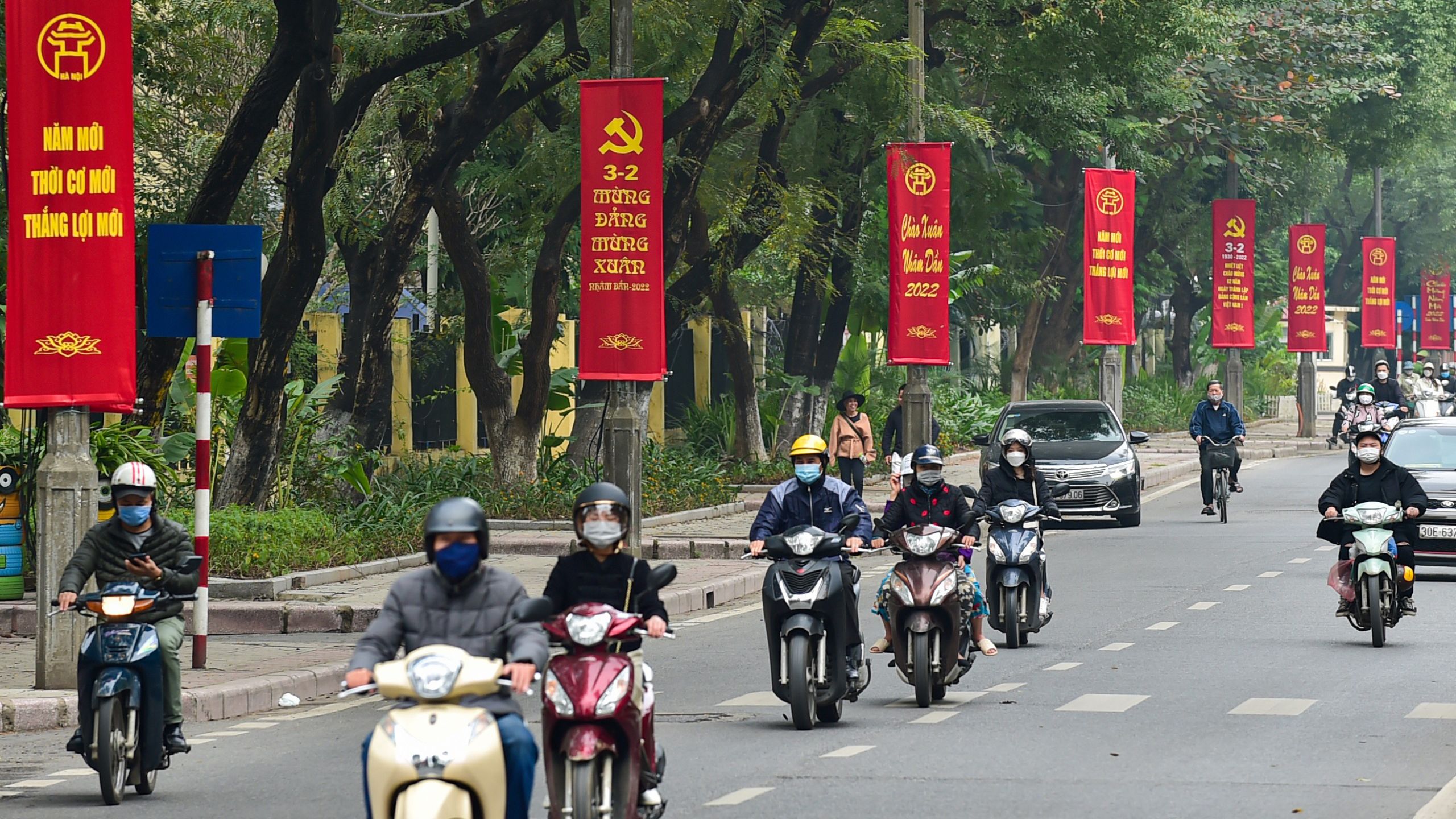
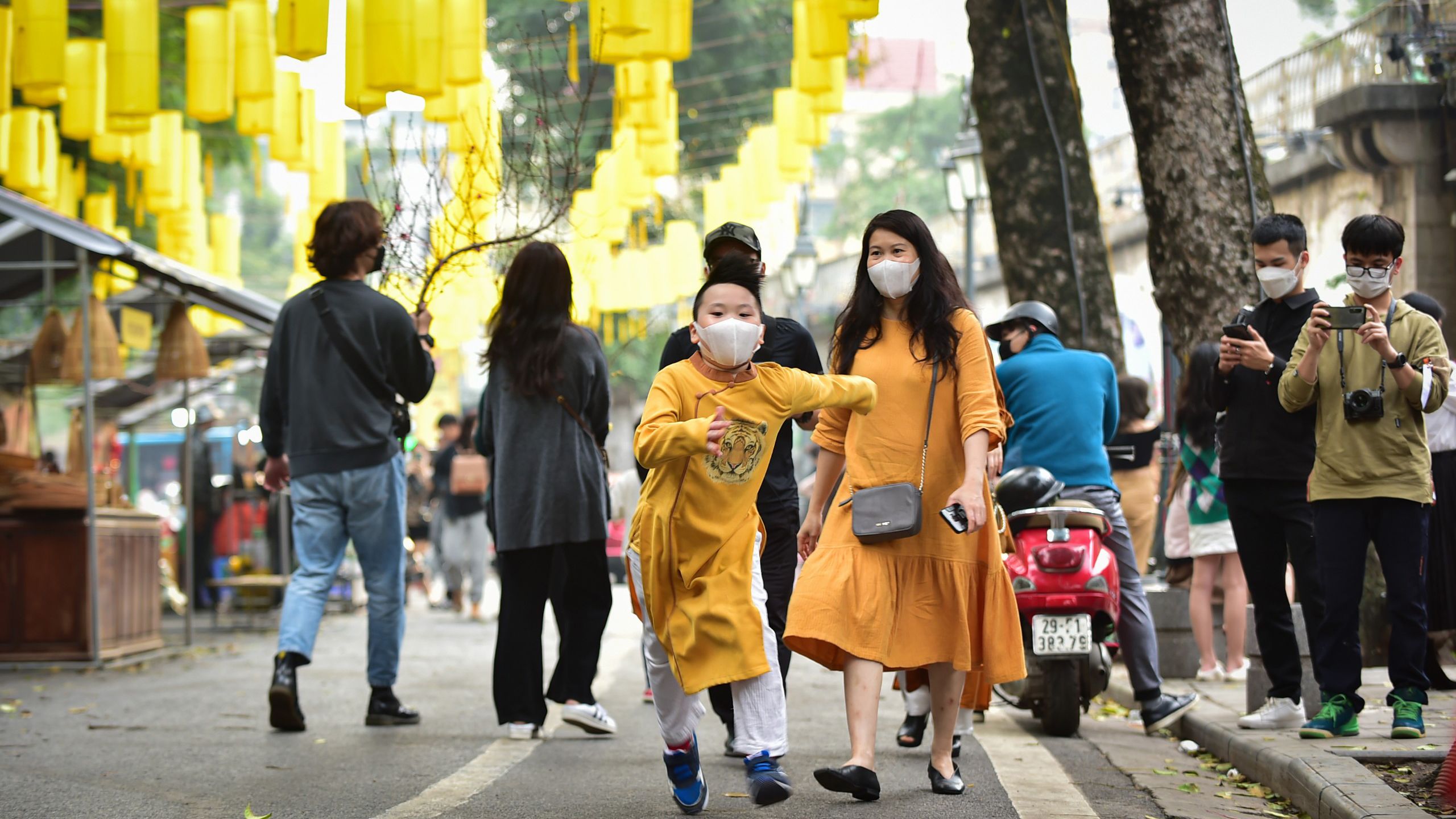
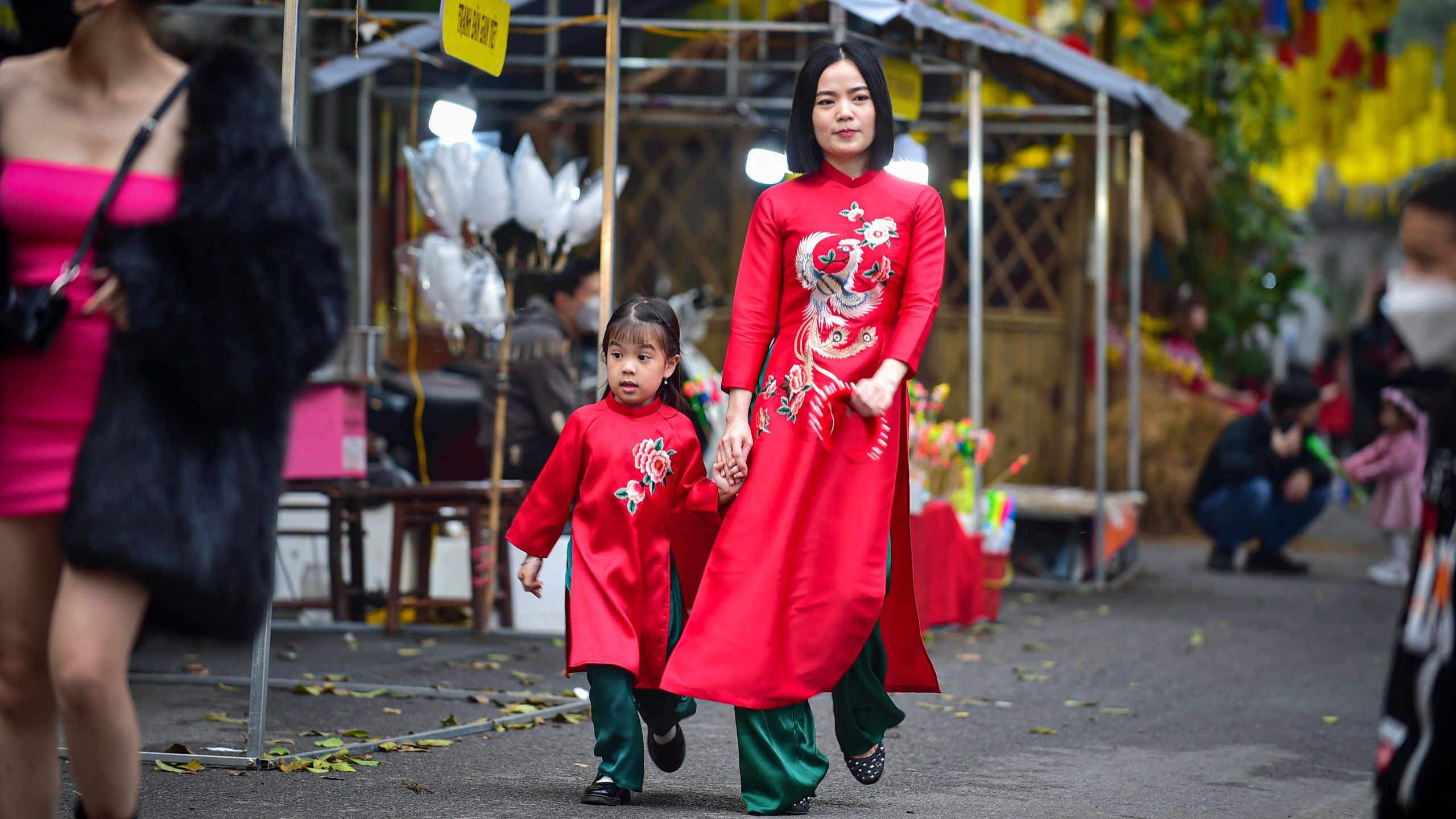











The warm atmosphere, in addition to the unique customs and simple, special dishes, all seem to leave an unforgettable impression, on anyone who has ever had the opportunity to welcome Tet in Vietnam.
Production manager: HONG MINH
Content: BIEN DIEU, NGOC DIEP
Design: NGOC DIEP
Photos: THANH DAT
Translation: NDO
